We're approaching September 2020, which means it's almost time for a new GoPro Hero 9 Black – at least according GoPro's previous release schedule.
GoPro has released a new flagship action camera every September or October for the last decade, so it'd be a surprise if a Hero 9 Black didn't arrive at a similar time this year. Then again, this isn't a normal year.
There has been very little rumor chatter about the GoPro Hero 9 Black online, but we still expect to be here before the end of the year. After all, a product that could well be this camera was referenced in a GoPro FCC filing back in May.
With many of us keener than ever to get outside and active, particularly with other entertainment avenues severely restricted in most countries, it would be a good time to introduce a more versatile version of its flagship action camera.
With hope in our hearts and the GoPro Hero 9 Black on our mind, our camera team got together to sketch out the changes we think are realistic — and in some cases almost a dead cert — for the next GoPro Hero Black.
- These are the best action cameras you can buy
- Check out our guide on how to buy a body cam
- Or read our guide to the best GoPro camera
GoPro Hero 9 Black: 9 new features we want to see
1. A 4K slo-mo mode
The GoPro Hero 8 Black did not get any new, top-billing capture modes – so it’s time for a step up.
Shooting 4K at 120fps is the obvious next move. A GoPro is a better-suited for a focus on high frame-rate modes than any phone or mirrorless camera, because action is its natural environment.
Such a high 4K frame rate is also possible even if the GoPro Hero 9 Black keeps the same camera sensor as the Hero 8 Black. Its Sony IMX277 is already capable of 119.88fps readout at 3840 x 2160 resolution, according to Sony’s specs.
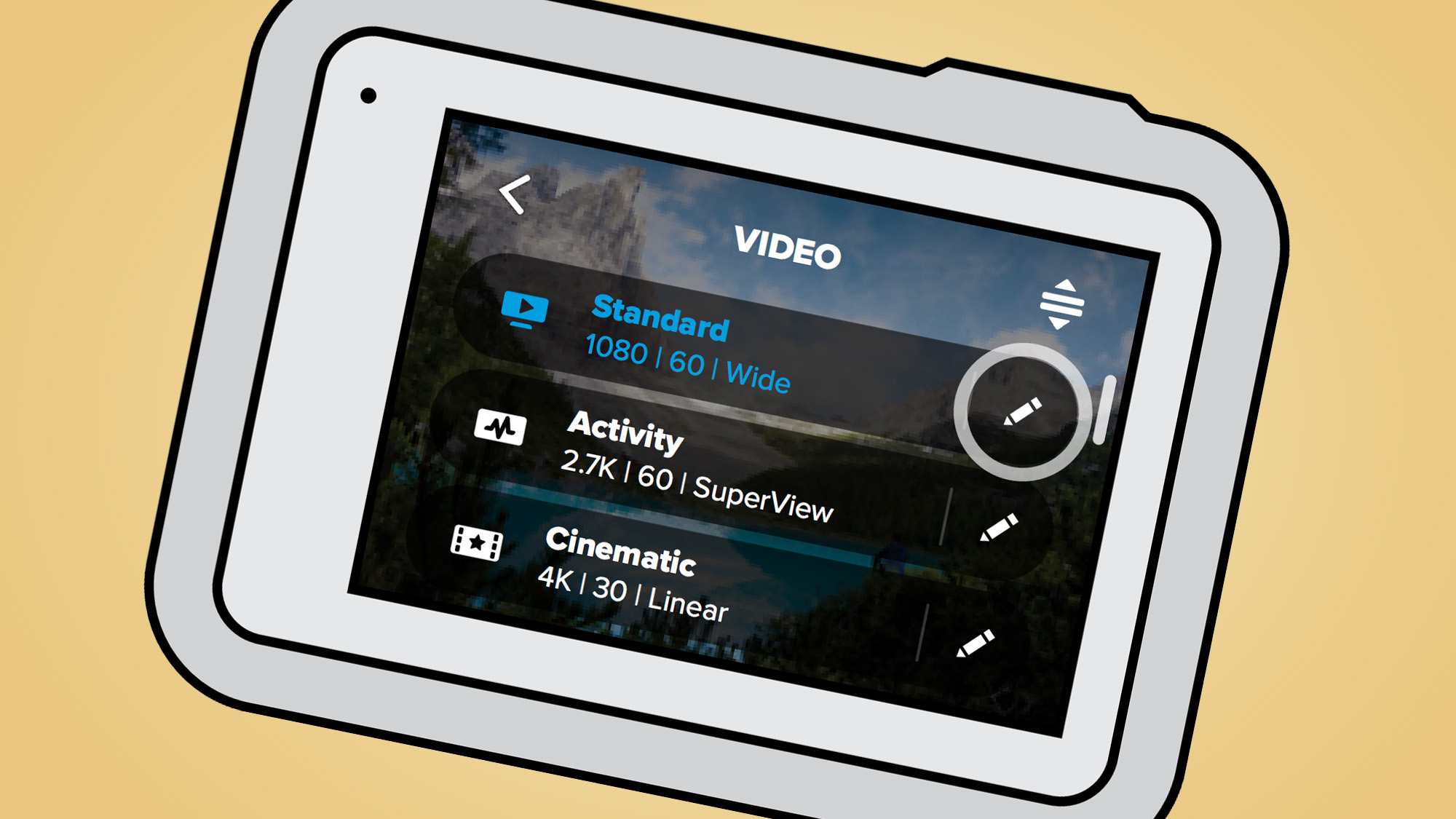
Of course, 120 frames per second in 4K will likely only be of use in good lighting. High frame-rates necessitate fast shutter speeds, so the GoPro Hero 9 Black will have to increase its ISO sensitivity more than it would when shooting at, for example, 30fps.
We see the same effect today when using the 120fps and 240fps modes of the Hero 8 Black at 1080p. But it's still a mode we'd love to see in the Hero 9 Black for shooting on sunny days.
2. A new CMOS sensor
The best way for GoPro to improve the Hero 9 Black’s native low-light sensitivity is to use a larger sensor. All Black-series GoPros to date have 1/2.3-inch sensors. They are small – in fact, even smaller than those of the best camera phones.
But is there room for something larger? Many have waited for a GoPro with a 1-inch sensor ever since the Sony RX0 arrived in 2017, and proved you could fit such a chip in a small action camera.
However, we don’t think the Hero 9 Black will have one. It would mean a dramatically higher price, and involve a drastic redesign of the camera’s internal layout.
This does not mean GoPro will use the same 12MP Sony IMX277 as all top-end GoPros since 2017’s Hero 6 Black. There are other options.

The DJI Osmo Action (above) uses the Sony IMX377. Mokacam’s crowdfunded Alpha3 uses the Sony IMX577.
There’s a newer option too, the Sony IMX677, whose specs were published in 2019. This is the same size as the current GoPro’s sensor, 1/2.3-inch, but has a higher resolution of 23MP.
Higher resolution is good news for stills, and potentially for sharper-looking footage at the more tightly cropped fields of view GoPro offers. Low-light shooting is a potential headache, but the IMX677 supports pixel binning, which could solve this issue with the right implementation.
The Sony IMX277 has served GoPro very well. And the amount GoPro has squeezed out of it is incredible, but surely it’s time to move on given this sensor is almost four years old.
3. Speedier operation
If the Hero 9 Black is to get real slo-mo 4K video and a potentially higher resolution sensor, it also needs a faster processor with a beefier image signal processor (ISP).
It’s about time for a change here too, as GoPro’s cameras have used the GP1 CPU since the GoPro Hero 6 Black. We expect it to be called, no surprise here, GP2.
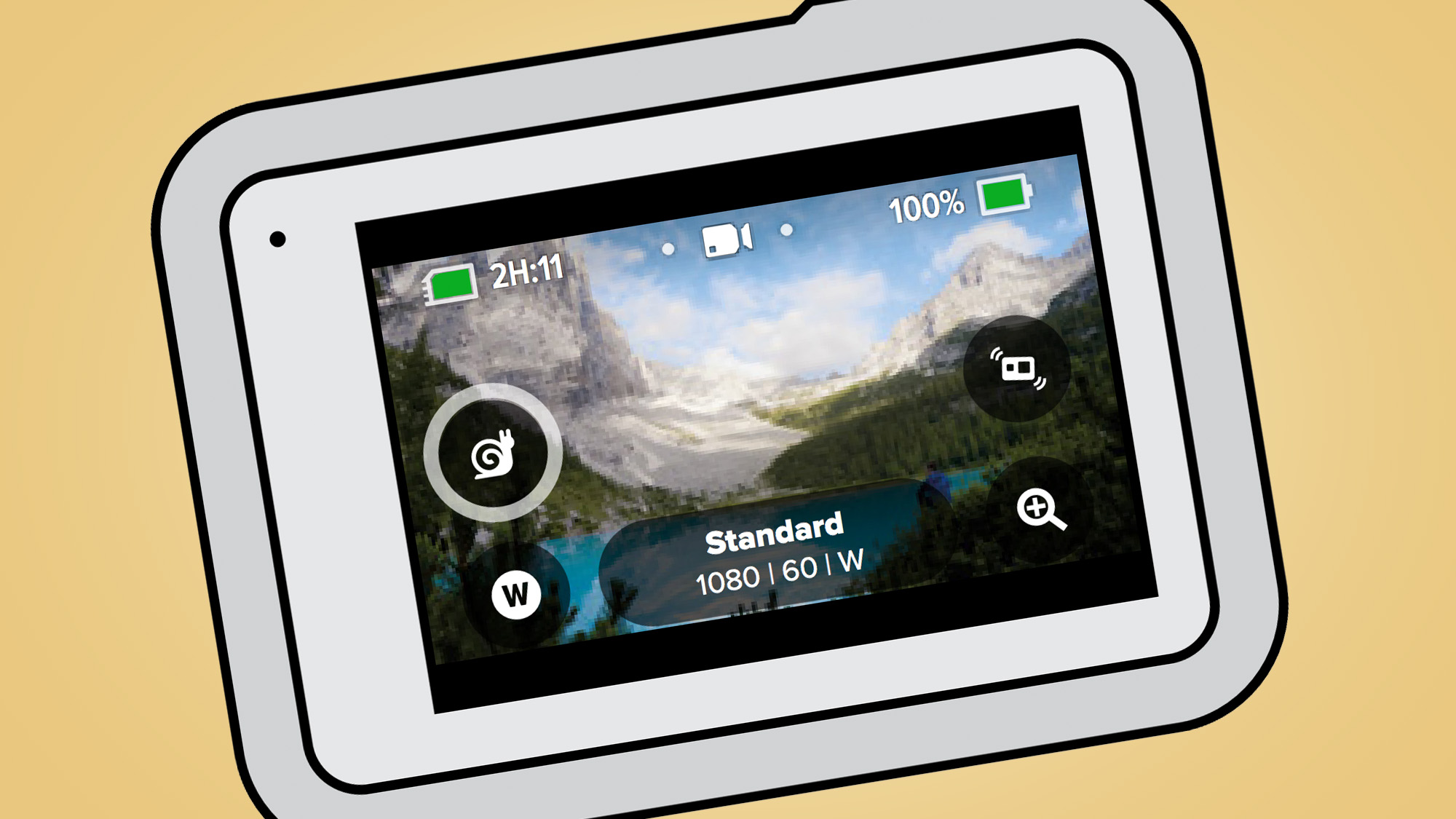
Enabling more advanced capture modes may be its main job, but we would also like to see much faster boot-up and a more responsive menu system.
The ideal would be a GoPro that feels as quick and instant to use as the phone in your pocket. And also only needs to fully turn itself off when manually shut down or left unused for an extended period.
5. A larger, edge-to-edge screen
There is a clear improvement to be made to the GoPro Hero 8 Black’s rear screen. It has thick borders, and was shown up last year by the DJI Osmo Action.
The latest GoPro has a 2-inch, 480x320 pixel display, the DJI a 2.25-inch 640x360 one. A larger, sharper screen would make the menu system easier to navigate, and be a better composition tool.
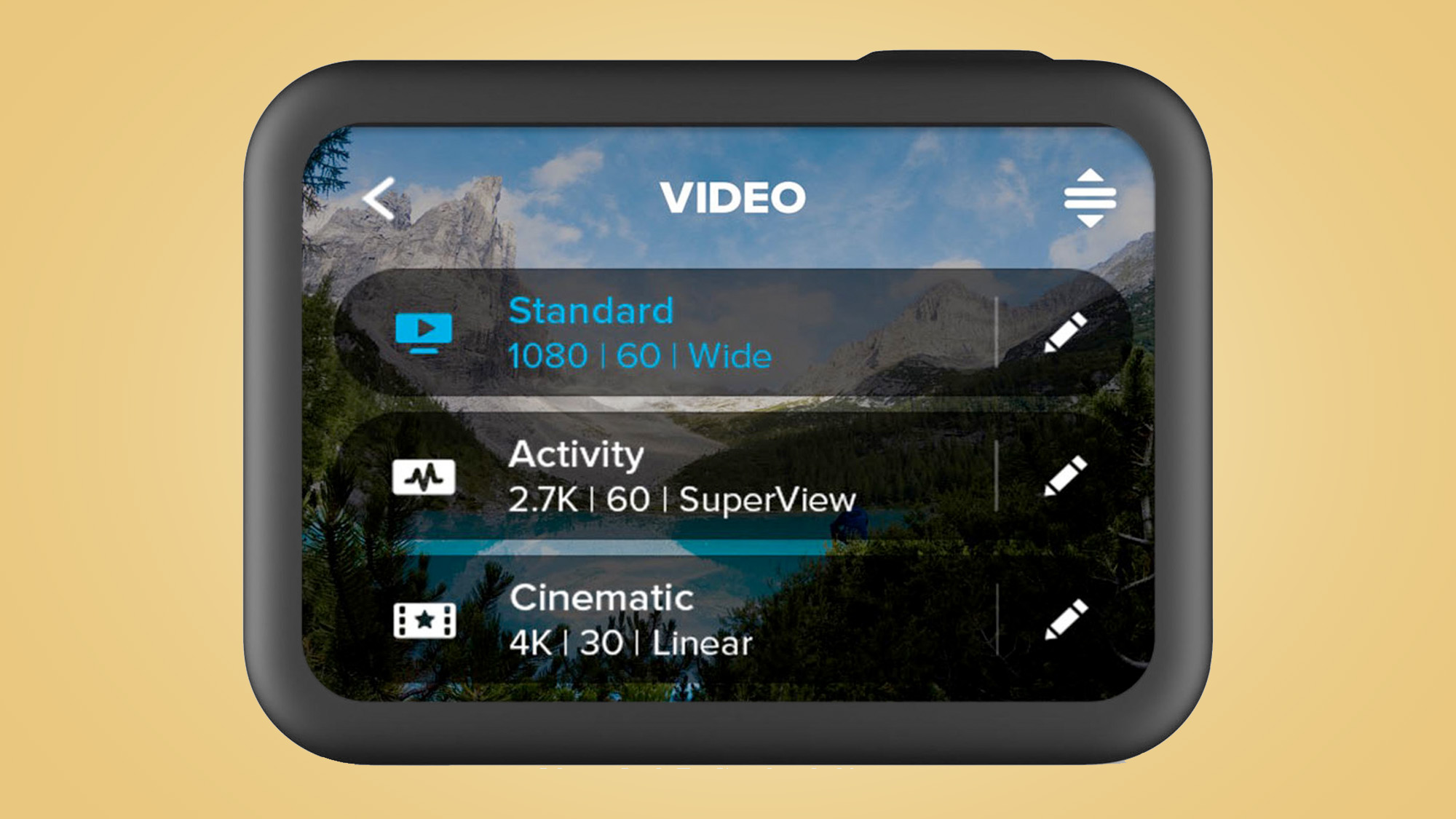
This one is a no-brainer. A 2.55-inch LCD is about the largest possible size to expect.
Both current GoPro Hero 8 Black display drivers are made by Sitronix. Its step-up model, according to the Sitronix catalogue, would mean a shift to 854x480 pixels, a boost in color to 16.7 million shades and a change in aspect ratio from 3:2 to 16:9.
This is a much better fit than the current display driver, as the preview image for video in the Hero 8 Black doesn’t even fill the already small space provided by the screen.
5. Color front display with touch shutter
The DJI Osmo Action’s front display also makes the GoPro Hero 8 Black seem a little under-specced, particularly for vloggers.
We do get a little stamp-sized screen in the Hero 8 Black, but it is a simple monochrome display that shows the current shooting mode and battery life.
A full-color LCD screen would be too small, and likely the wrong shape, for full image composition. But it would let you check the top and bottom of the frame aren’t cutting anyone’s head off.
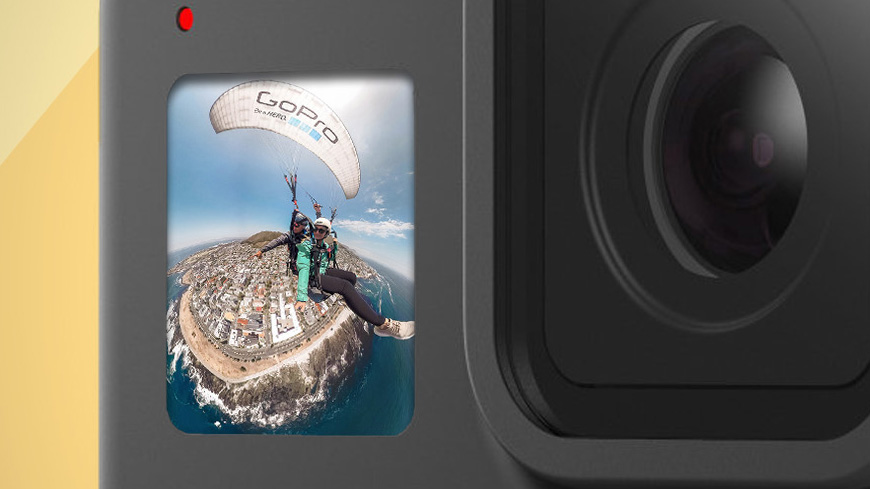
A touchscreen front display would also offer more comfortable capture commands, as the GoPro Hero 8 Black’s physical shutter button can feel a bit stiff at times if you don’t hold it like a micro compact camera.
There are problems for GoPro to deal with here. One of the highlights of the current monochrome screen is that it is visible in the brightest sunlight. A normal LCD needs a powerful backlight to compete with a lot of ambient light.
And GoPro would need to be careful with touchscreen implementation to avoid accidental fire-offs, preferably without relegating front touch control to a mode hidden in Settings that few will take the time to find. In this respect, a new front display is something of an outside bet for the Hero 9 Black.
6. Hypersmooth 3.0
GoPro cameras already have excellent electronic stabilization. This is where the sensor feed is cropped and the spare image information is used to smooth out movement transitions and eliminate judder.
However, there’s evidence we can expect a lot more in the future. GoPro acquired ReelSteady, which makes a superb motion-smoothing After Effects plug-in, in May 2020.
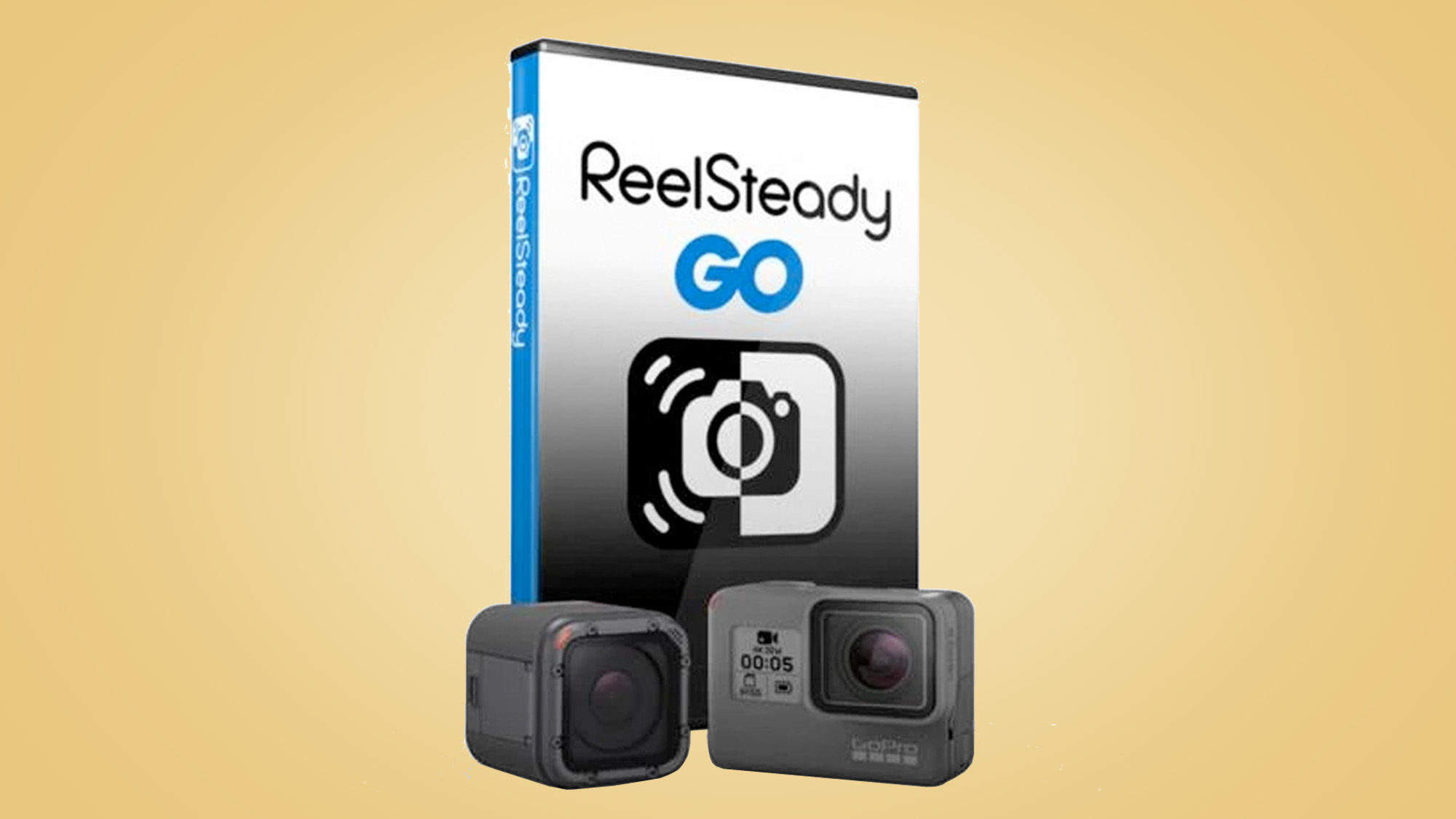
ReelSteady related features are already available in GoPro Labs, a beta program that lets you try out unfinished features as GoPro works on them. Right now the beta firmware “improves rolling shutter correction” to make footage work better when used with the plug-in. But it seems inevitable GoPro will bring ReelSteady's stabilization algorithms into the main GoPro feature set.
At present you can buy a standalone version of this feature, ReelSteady Go, for $99 (around £80 / AU$140). We expect to see it merge with GoPro’s mobile and desktop apps, at some point. GoPro doesn’t want to annoy those who bought ReelSteady Go too much, although it could be bundled with GoPro Hero 9 Black, but remain a paid add-on for owners of older models.
More processor power for the Hero 9 Black should also mean GoPro will be able to get closer to the stabilization offered by the ReelSteady desktop plug-in, only in camera. There’s no magic difference between the two, but more advanced algorithms are liable to be more processor intensive, limiting what a camera can feasibly do on-the-fly.
7. Ultra-long timelapses
GoPro Labs also suggests a few other features we may see in the Hero 9 Black, ones that relate to loosening a few restrictions.
For example, the custom Labs firmware lets you take timelapse videos of up to 50 days, and customize how they operate. You could, for example, set it to only capture during certain times of the day.
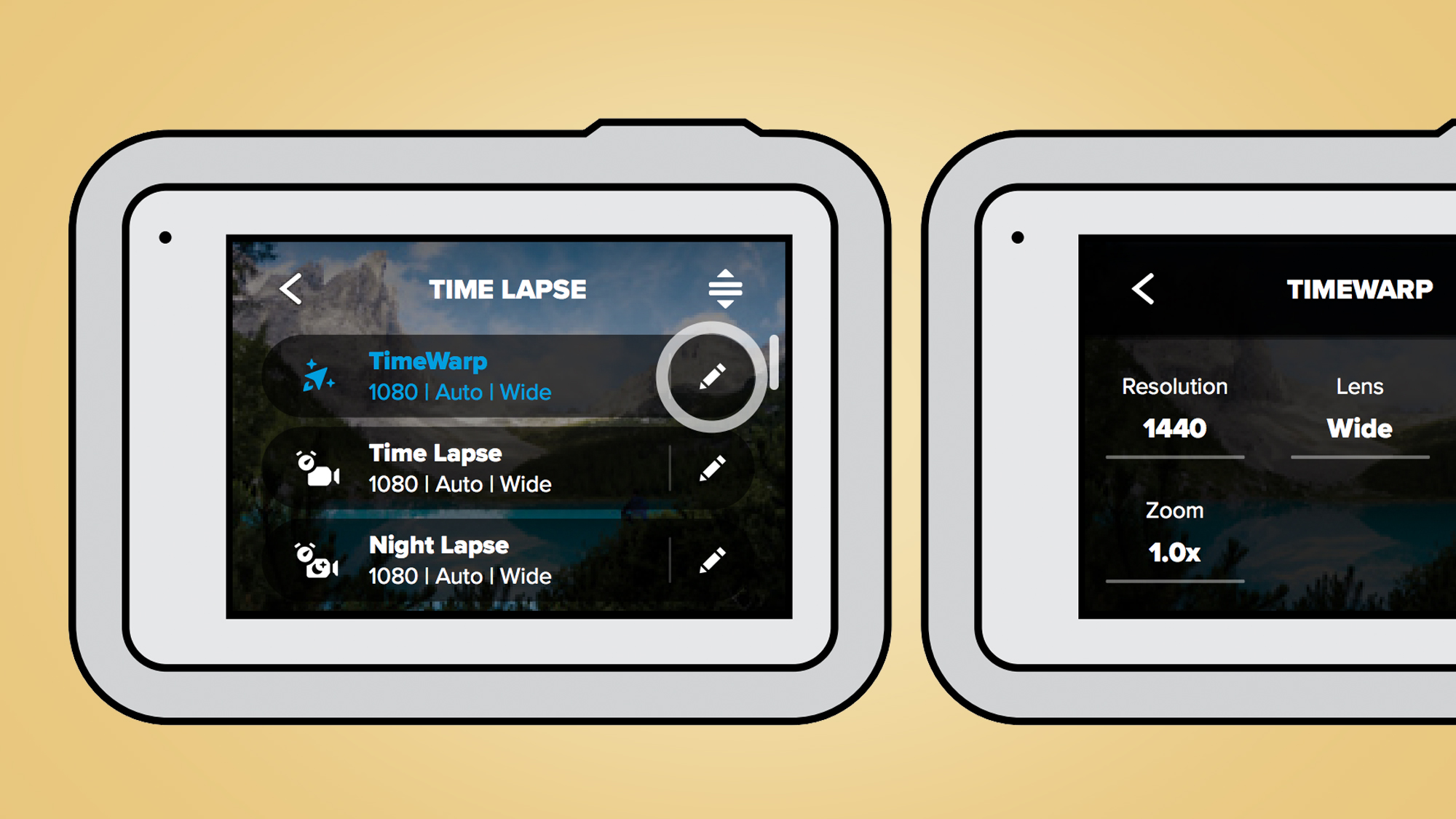
The firmware also lets you schedule shots in the future, like setting a wake-up alarm. Few are likely to need these features, but they could prove incredibly useful for those who really go deep with their GoPro cameras. They would make it much easier to capture certain creative shots, with less prep and editing.
8. Body cam mode
Taking another Labs hint a little further, it's possible we could see a 'body cam' mode added to the Hero 9 Black.
Several of the prerequisite components are right there in the beta firmware. For example, it raises the maximum video size from 4GB to 12GB, the original being the file size limit of the FAT32 format traditionally used by SD cards.
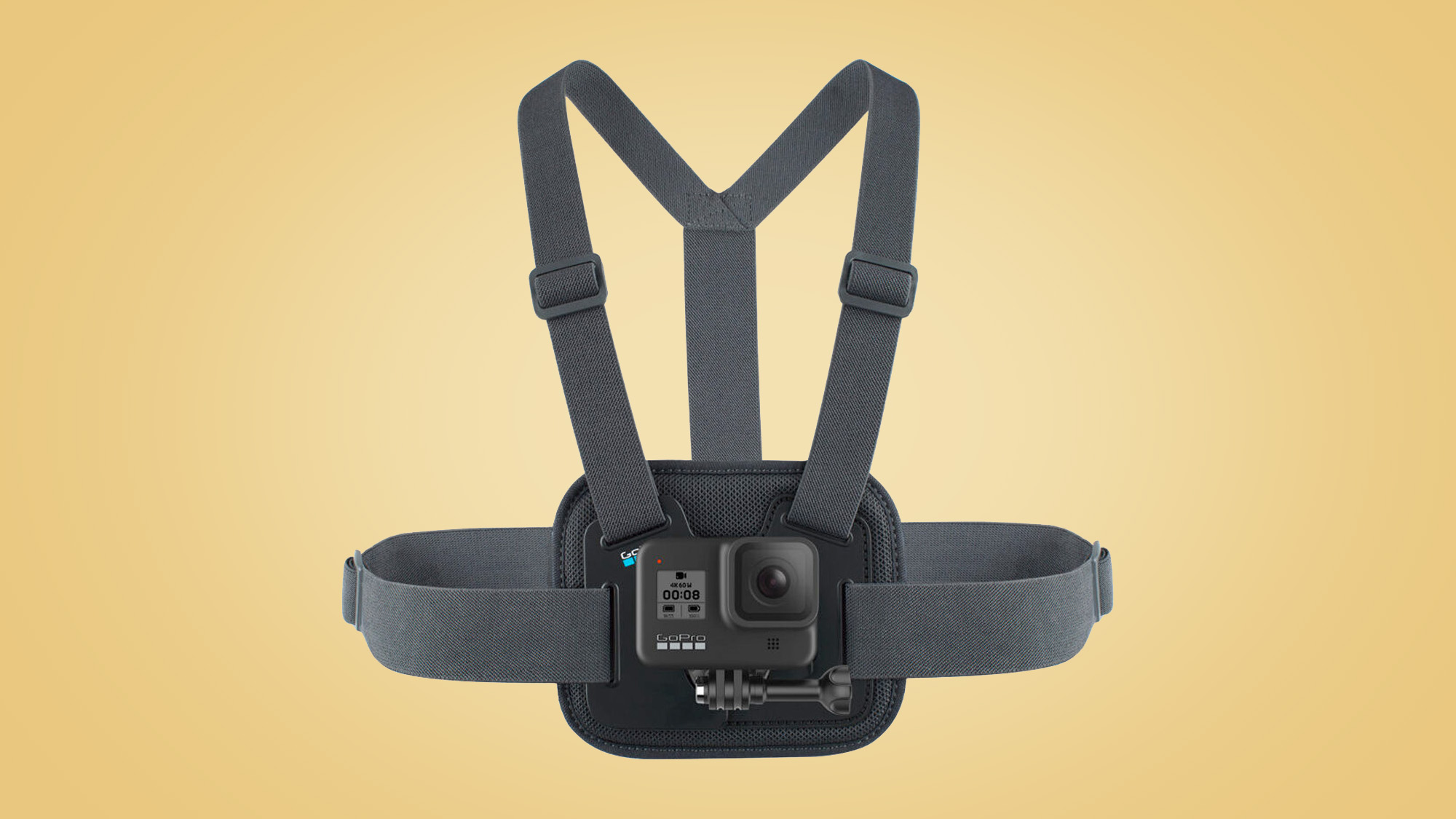
You can add overlays, for things like the time and date, camera name and traveling speed. And capture can be linked to changes in motion or speed.
GoPros are already used as body and dash cams, but these extra hints of intelligence and customization suggest GoPro is at least considering bundling them into a separate mode. It's something we'd like to see, given the rising popularity of body cameras.
9. Return of the lens cover
Our final request is a simple one. Many GoPro users didn't like that the Hero 8 Black removed the ability to change its glass lens cover. We’d like it back.
This feature saved a lot of heartbreak in older versions, when you could replace a broken glass lens component for just $19.99 (around £16 / AU$29). It is a tiny outlay in the context of a GoPro's full price.
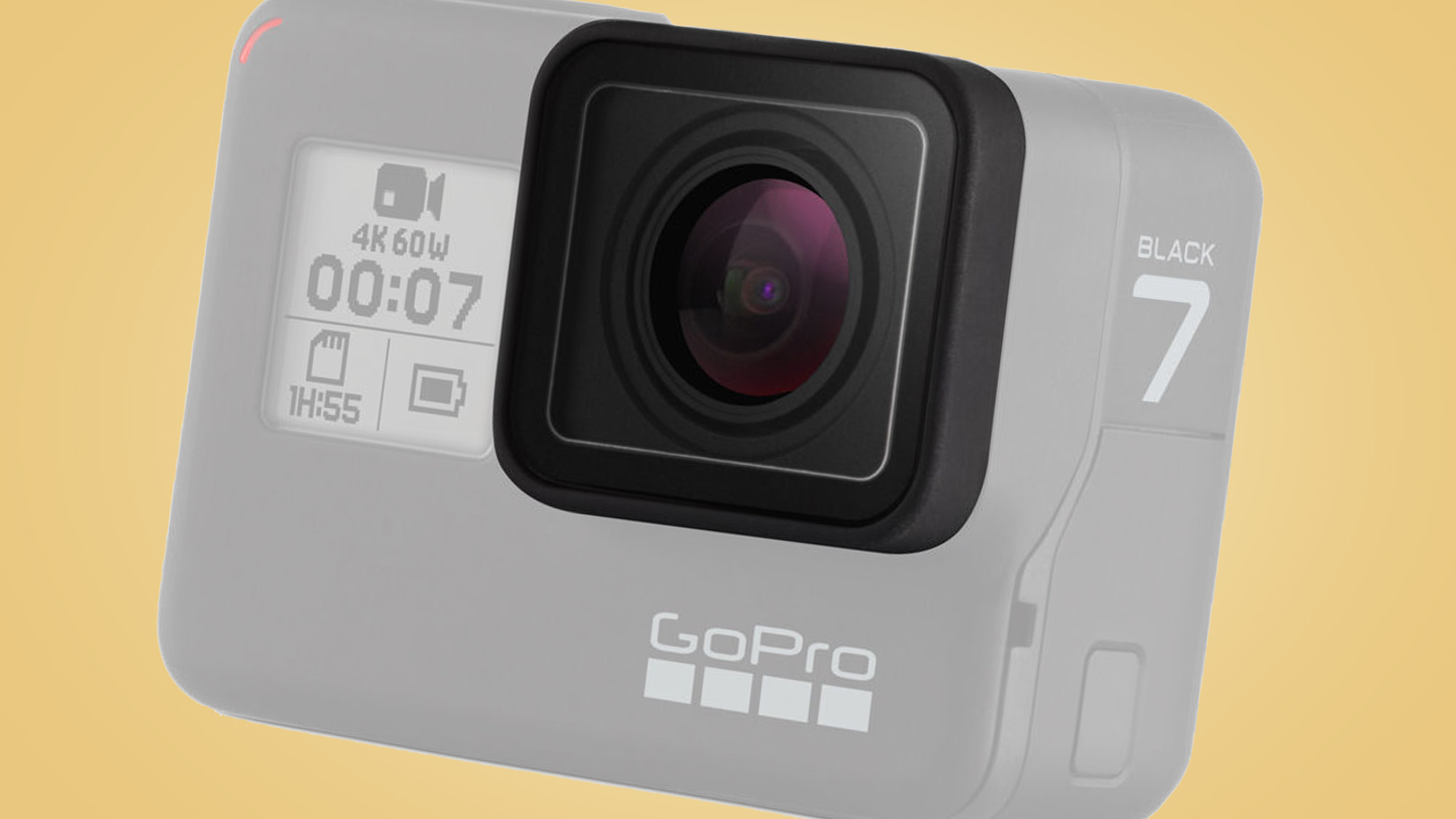
Why did GoPro do it? The cynical would say it means more of us will upgrade more often. Or that GoPro wants us to sign up for GoPro Plus, the $4.99 / £4.99 / AU$5.83 p/month cloud storage and insurance plan that lets you replace a damaged GoPro up to twice a year.
All of that is probably true, too, but the GoPro Hero 8 Black would likely not have shrunk down as much as it did without ditching the removable lens cover.
- These are the best action cameras you can buy right now

No comments:
Post a Comment